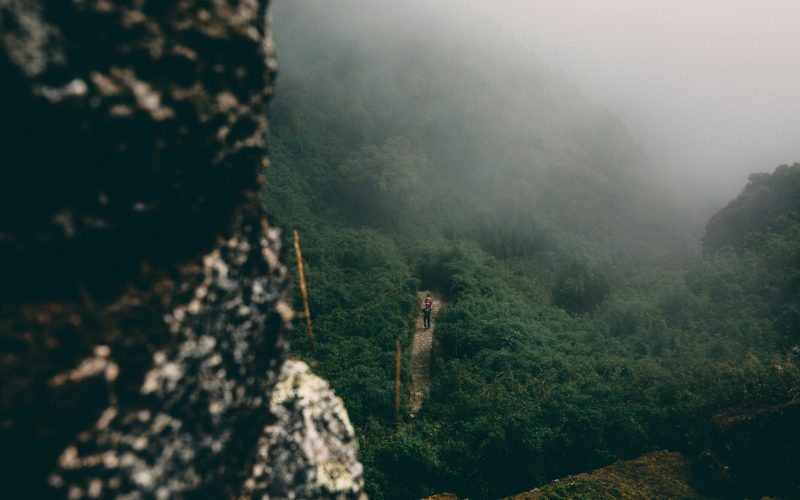
(Photo by Photo by KAL VISUALS on Unsplash) The Amazon rainforest, spanning over 6.7 million square kilometers, is the largest tropical rainforest in the world and is often referred to as the “lungs of the Earth”. It houses about 10% of the known species on Earth, making it one of the most biodiverse regions globally. It supports a vast array of plants, animals, and microorganisms, many of which are not found anywhere else.
The Amazon hugely influences the global water cycle. It produces a substantial amount of the world’s oxygen and releases about 20 billion tons of water into the atmosphere daily through the process of transpiration. This moisture contributes to rainfall in the region and even affects weather patterns as far away as North America and Europe
The Amazon is also home to over 400 Indigenous tribes, each with its own culture, language, and traditions. These communities rely on the forest for their livelihood, medicine, and food. Indigenous people have coexisted with the Amazon’s ecosystems for thousands of years, using sustainable practices that have helped preserve the rainforest. However, unsustainable practices such as logging, mining, and agriculture pose important threats to the forest’s health and longevity.
A groundbreaking study by Johan Oldekop, Marina Schmoeller, and their colleagues now reveals that deforestation in the Brazilian Amazon is up to 83% lower in areas protected by Indigenous communities.
A study by @madasascientist, @marinaspr, and their colleagues shows deforestation in the Brazilian Amazon is up to 83% lower in areas protected by Indigenous communities. Supporting Indigenous wellbeing can create a win-win for people and the planet. https://t.co/UU5nwIx9zZ
— Food Nature Climate (@FNCDialogue) July 31, 2024
Region Still Loses Over 5,000 km² of Forest Annually
The study, which utilized satellite imagery and Brazilian census data, found that deforestation is quite lower in Indigenous-protected areas compared to unprotected ones, showing the effectiveness of Indigenous communities in preventing encroachment and preserving biodiversity.
Despite a reduction in overall deforestation rates in the Brazilian Amazon, with a 47% decrease in April 2024 compared to the previous year, the region still loses over 5,000 km² of forest annually – an area three times the size of Greater London.
The study also revealed that Indigenous communities experience the lowest levels of socioeconomic development. Incomes in these territories are up to 36% lower compared to other areas, and a substantial proportion of Indigenous people live below the poverty line. This socioeconomic disadvantage persists despite the strengthened political representation of Indigenous communities in recent years.
Enhancing the economic wellbeing of Indigenous communities is not only a matter of social justice but also an environmental imperative. Research indicates that communities with higher socioeconomic development are less likely to trade off development for deforestation. Thus, empowering Indigenous communities economically can help achieve environmental sustainability.
The Amazon provides a wealth of resources, including timber, medicinal plants, and food products such as nuts and fruits. It also has potential for sustainable economic development through ecotourism and the sustainable harvesting of forest products.
Global and National Commitments, and Challenges
In 2022, global governments committed to protecting 30% of the planet’s surface by 2030, requiring substantial conservation efforts to reverse deforestation trends. At the 2021 COP26 climate summit, governments and philanthropic organizations pledged significant support for forests and Indigenous communities, raising their voices and commitments to return ancestral lands.
Despite these efforts, forests remain under threat from various interest groups, including mining and agribusiness. The Brazilian Supreme Court is currently debating the “Marco Temporal” framework, which could limit Indigenous land claims to those occupied before October 5, 1988. This legal battle poses significant challenges to Indigenous land rights and conservation efforts.
The study concludes by saying that forest conservation should not impose economic hardships on Indigenous populations. Ensuring access to ancestral lands and development opportunities is crucial for achieving sustainable outcomes for both people and the environment.
